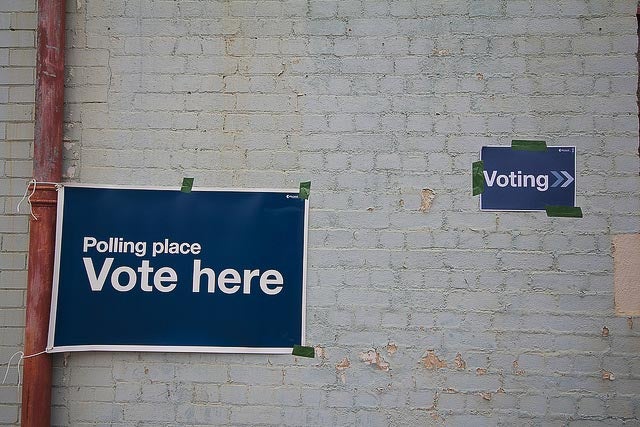Houston political observers have spent a great deal of time in recent weeks commenting on the impressive turnout in this year’s mayoral contest.
About 27 percent of registered Houston voters cast ballots last month, the highest total since 2003. But when we dive deeper, these numbers aren’t anything to get excited about. Only 15 percent of voting-age Houstonians cast ballots when they had the chance to pick the city’s first new mayor in six years.
I can’t say I necessarily blame Houstonians who didn’t show up at the polls. As a city, we’ve made voting needlessly complicated.
There was a crowded field of 13 candidates on last month’s ballot, and because an incumbent wasn’t running, it was a near-certainty that none of them would cross the 50 percent threshold needed to avoid a runoff election.
In other words, last month’s voters weren’t really voting for mayor. Instead, they had a less-exciting opportunity: to vote in a de facto primary, with the top two candidates advancing to the next round of voting. Can we blame Houstonians for not showing up in droves when they weren’t really electing a mayor?
Runoffs are a needless barrier to meaningful political participation, and it’s clear that Houstonians agree runoffs are an imposition. In four of the last five mayoral elections that resulted in a runoff, turnout declined between the general election and the runoff. In other words, by the time the real election comes around, voters are over it. Maybe they aren’t aware that runoff elections exist. Maybe after months of campaigning, they lose interest. Or maybe during the busy holiday season, they have other priorities. But one thing is clear: when the stakes are highest, Houstonians are less inclined to vote.
There’s an easy way to fix this: instant runoff voting.
Also known as ranked choice voting, or RCV, the system builds the runoff process right into the general election, eliminating the need for a second trip to the polls. Rather than select just one candidate, voters rank their choice of candidates. If nobody receives more than 50 percent of the votes, runoffs are simulated, with the candidate receiving the least number of votes eliminated from contention. His supporters’ votes are re-allocated to their second-ranked candidate. The process continues until someone wins a majority of the votes.
Instant runoff voting has several benefits. For starters, it doesn’t make the unreasonable demand that voters sneak away from work or take time away from their families twice in a span of eight weeks in order to fully participate in the democratic process. In addition to saving voters time, it can potentially save governments money by eliminating the expenses associated with conducting multiple elections.
More importantly, it changes the dynamics of elections. During crowded contests, it’s common for voters to engage in “strategic voting.” Rather that choosing the candidate who they sincerely want in office, they pick a candidate who they think has a good chance of winning, for fear of wasting their vote. That strategy changes voting into a game in which voters attempt to predict the winner rather than elect their desired candidate.
Under ranked choice voting, voters can support whoever they want without fear that their ballot will be wasted. This technique may result in a more diverse group of candidates and a more positive campaign, since candidates can’t afford to alienate those who support their rivals.
Skeptics of ranked choice voting believe it confuses voters and is difficult to explain. But it seems that voters are actually pretty savvy. In 2010, Oakland used rank choice voting for the first time, and 99.8 percent of ballots cast were valid.
A bigger hurdle for ranked choice voting in Texas cities is the state election code. In the early 2000s, a push for ranked choice voting in Austin lost steam when the Secretary of State and later the Attorney General both said the systems isn’t consistent with current state law.
And yet, the systems are gaining traction elsewhere. Berkeley, Minneapolis, San Francisco, Saint Paul and Portland, Maine, among other American cities, use ranked choice voting in local elections. Internationally, the system is used in Australia, Ireland, and India. If those places can figure out how to implement ranked choice voting, so could Houston.
There’s no question we have a voter turnout problem here. How bad is it? Despite the advent of the Internet, which makes it easier than ever to learn about candidates, and 30 years of “get out the vote” messaging, we haven’t made much progress. Turnout in 1985’s election was 10 percentage points higher than it was in last month’s election.
Despite our best efforts, we haven’t been able to fix Houston’s poor turnout. Ranked choice voting may be part of a solution.
Ryan Holeywell is senior editor of the Urban Edge, the blog of Rice University’s Kinder Institute for Urban Research.

